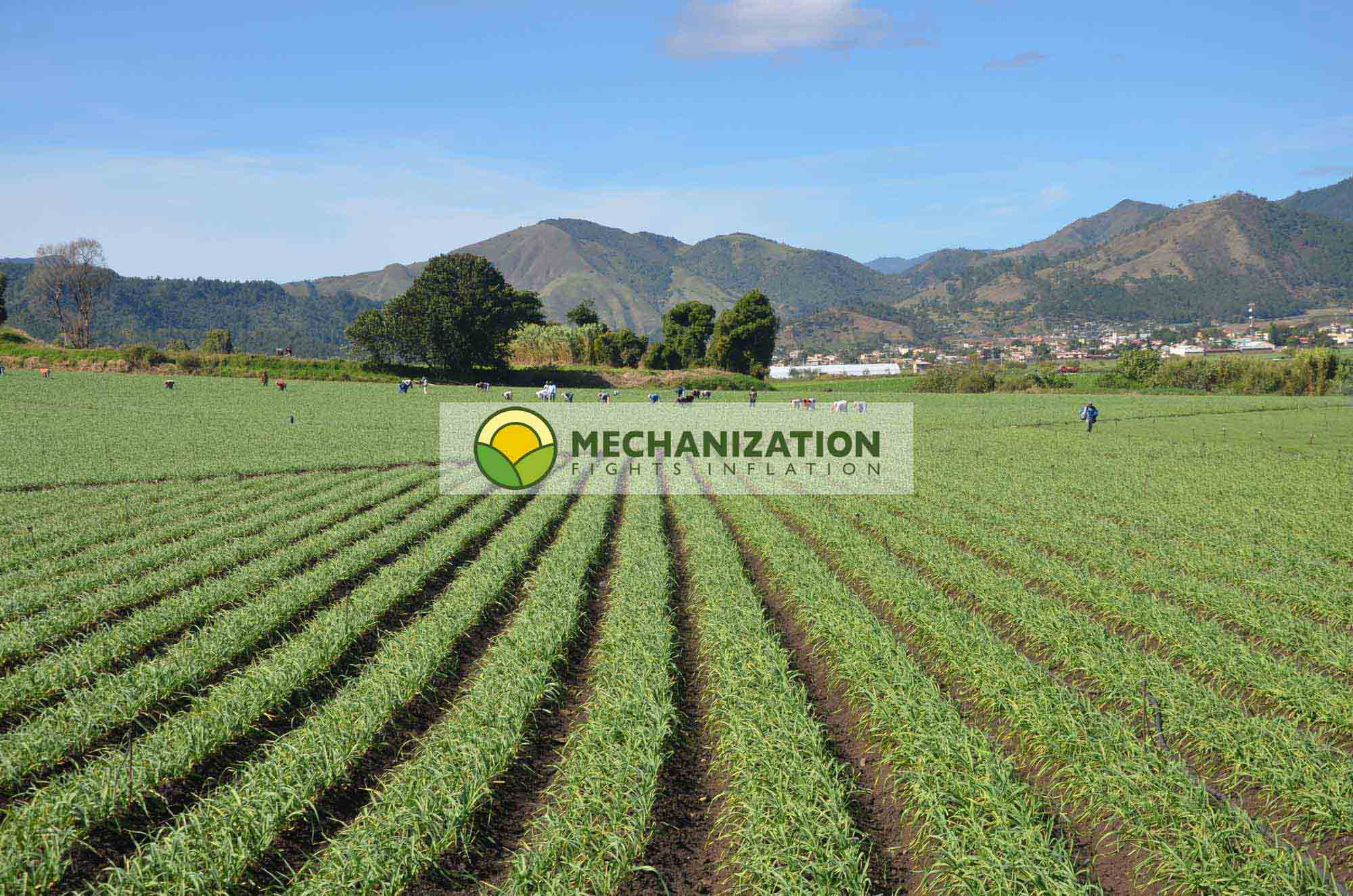Liriomyza Trifolii
LinkExchange SearchMe WhatWeDo AboutUs Sitemap Next page Longidorus Elongatus

Liriomyza Trifolii and everything you need to know to detect, avoid and cure this plague.
Liriomyza trifolii
1. Common name and scientific name, Pictures under green tabs at the left.
| Scientific name: | Liriomyza trifolii (Burgess), (Hansen), |
|---|---|
| Synonyms: | Oscinis trifolii Agromyza phaseolunulata Liriomyza alliovora |
| Common names: | American serpentine leafminer, serpentine leafmin er, Florida leafminer, chrysanthemum leaf miner |
2. Geographical distribution
L. trifolii is common in many parts of the World. Including North, Central and South America, Japan, Philippines and other Asian countries, Africa and Oceania. The insect has a broad host range of more than 120 plant species.
3. Biological characteristics
Adults of the serpentine leafminer are small, 1.3 to 2.3 mm long. Head of the fly is yellow, thorax and abdomen are blackish-grey and the feet and scutelluma are bright yellow. Male much smaller than the female. Eggs are 0.2 x 0.1 mm, cream colored and semi-transparent at first. Lightly inserted under the leaf epidermis. The Larva on emergence, colorless and measuring 0.5 mm long. When full development they reaches 3 mm long, with a bright yellow color.
The larva lives by mining leaves and passes through 3 larval instars. Once fully developed, the larva usually cuts a half-moon-shaped opening in the upper epidermis of the leaf, escapes and pupates, usually in the soil; in the case of a particularly severe infestation, the puparium may remain on the leaf near to the entrance to the gallery. Adults feed on flower nectar and liquids oozing from lesions on the leaves caused by females using their oviscapt.
The pre-imaginal cycle length varies depending on the temperature and the host plant. The larval phase of the cycle is very brief at optimum temperatures: 4 days at 30°C and 7 to 8 days at 20°C. 1 to 2 weeks elapse between pupating and adult emergence (at 30 and 20°?C, respectively). Adults may live for 15 to 30 days, females living longer than males. Development ceases at temperatures lower than 7.5 or 12.9°C, depending on the stage and the host plant. The optimum temperature is around 25°C. Above 30°C, larval mortality increases.
4. Parts to be damaged
In onions L. trifolii is not common in onions. The main damage is caused by larvae who mining the leaves of the onion plant and should not be confused by other mining insects as Ceuthorrhynchus suturalis or Phytobia cepae. Young seeding are most susceptible for insects pests and feeding by larvae. Older plants more readily tolerate attacks by this pest. However, if the infestation is severe and many larvae are feeding on the same leaf, photosynthetic capacity is reduced, thus causing a slowing in development of the plant and in later stadium also bulb formation.
The first larval stage of the vegetable leafminer burrows into the mesophyl tissue. The second stage also feeds in the mesophyl tissue, which reduce photosynthetic capacity. The third stage larva concentrates its feeding towards the upper leaf surface. When it is mature, it cuts a longitudinal slit in the leaf and leaves to pupate on the leaf surface or on the ground.
5. Damage period
Potentially damage period is as long as climate conditions are favorable to develop. Insects feed on seedlings and mature plants with green leafs. Damage of seedlings is more serious than damage on mature plants. Resistance to insecticides is worldwide a serious problem, because the insect has a relative short life cycle and multiply many times within a season. Some broad spectrum insecticides have no effect on L. trifolii but can reduce the population natural enemies of the insect, and act as stimulant to the population development of L. trifolii.
6. Economic impact
Moreover, there are effective control methods and therefore the economic impacts is not high. Only when young seedlings are attacked, plants can be die and led to harvest losses. Because these young plants died in the early growing season, risk on contamination on matured bulbs is low.
7. Investigation and monitoring system
Onion fields can be very effective monitored to prevent severe attacks from L. trifolli by special insect traps or buckets of soapy water that attract insects and trap them. As described above, the insects is rarely find in onion fields.
Because L. trifolii enters the plant via the leaves and feed via tunnels on the mesophylic cells monitoring is easy, but should not be confused by others leaf miners in onions. On the other hand, spraying with systemic insecticides is most effective because of the feeding in the leaves instead of on the leaves. Therefore, contact insecticides are less effective.
D. antiqua can be monitored and controlled through the use of colorful sticky traps or buckets of soapy water that attract maggots and trap them. Pheromone traps have also been successful in controlling maggots. These are also effective in catching adult flies, limiting future generations of maggots.
8. Control methods
There are different insecticides to control L. trifolii. Most of them are also used against onion fly (Delia antiqua) which is more common in onions.
Next up: Longidorus Elongatus
Pictures of this plague:

Liriomyza Trifolii
or serpentine leafminer

Liriomyza Trifolii
or Florida leafminer
To mechanise your post harvest processes:
contact us:
Telephone:
+1 239 3002374
or use our (preferable)
our contact form
Address: Farm San Isidro, Volcán, Panama.

